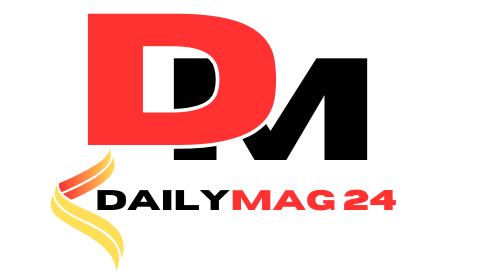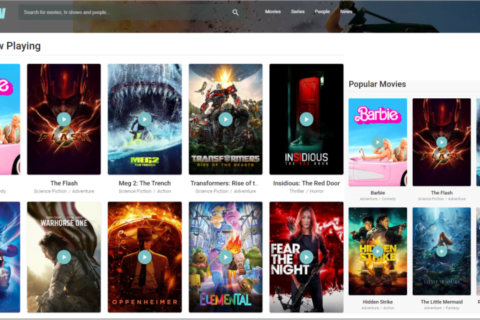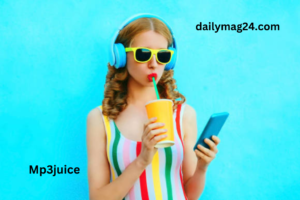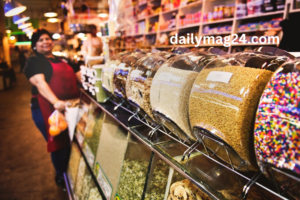In the vast tapestry of human creativity, few movements have sparked as much intrigue and discussion as the Art of Zoo. This unconventional and often misunderstood genre has evolved from obscure beginnings to become a cultural phenomenon, challenging traditional notions of art and inspiring new ways of thinking about creativity and expression. But what exactly is the Art of Zoo, and how has it managed to capture the imaginations of so many?
The Art of Zoo is not merely a collection of works but a reflection of society’s changing relationship with nature, technology, and the concept of art itself. It’s a movement that defies easy categorization, blending elements of surrealism, digital innovation, and a deep connection to the animal kingdom. This genre has grown from an underground trend into a significant influence in the world of modern art, often sparking both admiration and controversy.
In this exploration, we will delve into the origins of the Art of Zoo, tracing its development through the decades and examining the profound impact it has had on the global art scene. By understanding its evolution, we can better appreciate the role this unique form of expression plays in challenging our perceptions and shaping the future of artistic endeavor.
The Evolution of Zoo Art
Early Depictions of Wildlife
The depiction of animals in art dates back to prehistoric times. Cave paintings found in places like Lascaux and Chauvet provide evidence of early humans’ fascination with the animal kingdom. These ancient artworks, created with rudimentary tools and pigments, serve as a testament to the long-standing connection between humans and animals.
Renaissance to Modern Day
During the Renaissance, artists began to study animals with a scientific eye, leading to more accurate and detailed representations. Leonardo da Vinci’s anatomical sketches of animals are prime examples of this shift. In the modern era, the art of zoo has evolved to include various mediums and styles, reflecting changes in artistic techniques and societal attitudes towards wildlife.
The Significance of Zoo Art
Educational Value
Zoo art serves an educational purpose, providing insight into the anatomy, behavior, and habitats of different animal species. Detailed illustrations and sculptures can be used as teaching tools in academic settings, enhancing our understanding of biodiversity and conservation.
Conservation Awareness
Artists who specialize in zoo arts often use their work to advocate for wildlife conservation. By capturing the beauty and majesty of animals, they raise awareness about endangered species and the importance of preserving natural habitats. This form of advocacy can inspire action and support for conservation efforts.
Forms and Mediums of Zoo Art
Paintings and Drawings
Traditional forms of zoo art include paintings and drawings. Artists use various techniques, from watercolor and oil paints to charcoal and pencil, to create lifelike representations of animals. These artworks can be both realistic and abstract, depending on the artist’s style and intent.
Sculpture and Installations
Sculpture is another popular medium for zoo arts. From small-scale figurines to large public installations, sculptures offer a three-dimensional perspective that can be both tactile and visually striking. Materials such as bronze, wood, and stone are commonly used to create these works.
Digital Art and Photography
The advent of digital technology has expanded the possibilities for zoo art. Digital painting, graphic design, and photography allow artists to experiment with new techniques and reach a wider audience. Wildlife photography, in particular, has become a powerful tool for capturing the essence of animals in their natural habitats.
Notable Artists in Zoo Art
John James Audubon
John James Audubon is renowned for his detailed and lifelike illustrations of birds. His seminal work, “The Birds of America,” is a cornerstone of wildlife art and continues to influence artists today.
Robert Bateman
Contemporary wildlife artist Robert Bateman is known for his realistic paintings of animals in their natural environments. His work often highlights the interconnectedness of species and the importance of conservation.
Techniques and Styles in Zoo Art
Realism
Realism is a dominant style in zoo art, aiming to depict animals with high accuracy and detail. This style requires meticulous observation and a deep understanding of animal anatomy and behavior.
Impressionism and Abstract
Some artists choose to interpret wildlife through impressionism or abstract styles, focusing on the emotional and atmospheric aspects rather than precise details. These works can evoke a sense of movement, mood, and mystery.
The Role of Zoos and Wildlife Sanctuaries
Inspiration for Artists
Zoos and wildlife sanctuaries provide artists with the opportunity to observe and study animals up close. These institutions often collaborate with artists to create exhibits and educational programs that highlight the beauty and importance of wildlife.
Ethical Considerations
While zoos can be a source of inspiration, they also raise ethical questions about animal captivity and welfare. Artists and institutions must navigate these issues, balancing the need for conservation and education with the ethical treatment of animals.
The Impact of Zoo Art on Audiences
Emotional Connection
Zoo art has the power to forge an emotional connection between the viewer and the subject. By capturing the essence of an animal, artists can evoke empathy and a deeper appreciation for wildlife.
Cultural Significance
Animals often hold cultural significance, symbolizing various traits and beliefs in different societies. Zoo arts can reflect these cultural narratives, offering insights into how humans relate to the animal kingdom.
The Future of Zoo Art
Technological Innovations
As technology continues to advance, new tools and platforms will emerge for zoo arts. Virtual reality, augmented reality, and other digital innovations have the potential to create immersive and interactive experiences.
Conservation and Sustainability
The future of zoo art will likely see a stronger emphasis on conservation and sustainability. Artists will continue to play a crucial role in raising awareness and advocating for the protection of wildlife and their habitats.
Conclusion
The art of zoo is a vibrant and evolving field that celebrates the beauty and diversity of the animal kingdom. Through various forms and mediums, it offers a unique lens through which we can appreciate and understand wildlife. As we move forward, the integration of art, technology, and conservation will continue to enrich this genre, ensuring that the wonders of the natural world are preserved and celebrated for generations to come.
Frequently Asked Questions
What is the art of zoo? The art of zoo refers to artistic works that depict animals, often with a focus on realism and detail. This genre includes paintings, drawings, sculptures, and digital art, and aims to celebrate and raise awareness about wildlife.
How does zoo arts contribute to conservation? Zoo arts raises awareness about endangered species and the importance of preserving natural habitats. By showcasing the beauty and majesty of animals, artists can inspire action and support for conservation efforts.
Who are some notable artists in zoo art? Notable artists in zoo arts include John James Audubon, known for his detailed bird illustrations, and Robert Bateman, renowned for his realistic paintings of wildlife.
What mediums are used in zoo art? Zoo art can be created using various mediums, including traditional forms like painting and sculpture, as well as modern techniques like digital art and photography.
How do zoos and wildlife sanctuaries influence zoo art? Zoos and wildlife sanctuaries provide artists with opportunities to observe and study animals up close. These institutions often collaborate with artists to create educational exhibits and programs that highlight wildlife.
What is the future of zoo art? The future of zoo arts will likely see the integration of new technologies, such as virtual reality, and a stronger emphasis on conservation and sustainability. Artists will continue to play a crucial role in advocating for wildlife protection.
Also Read: Meet Your Perfect Partner with luv.trise












